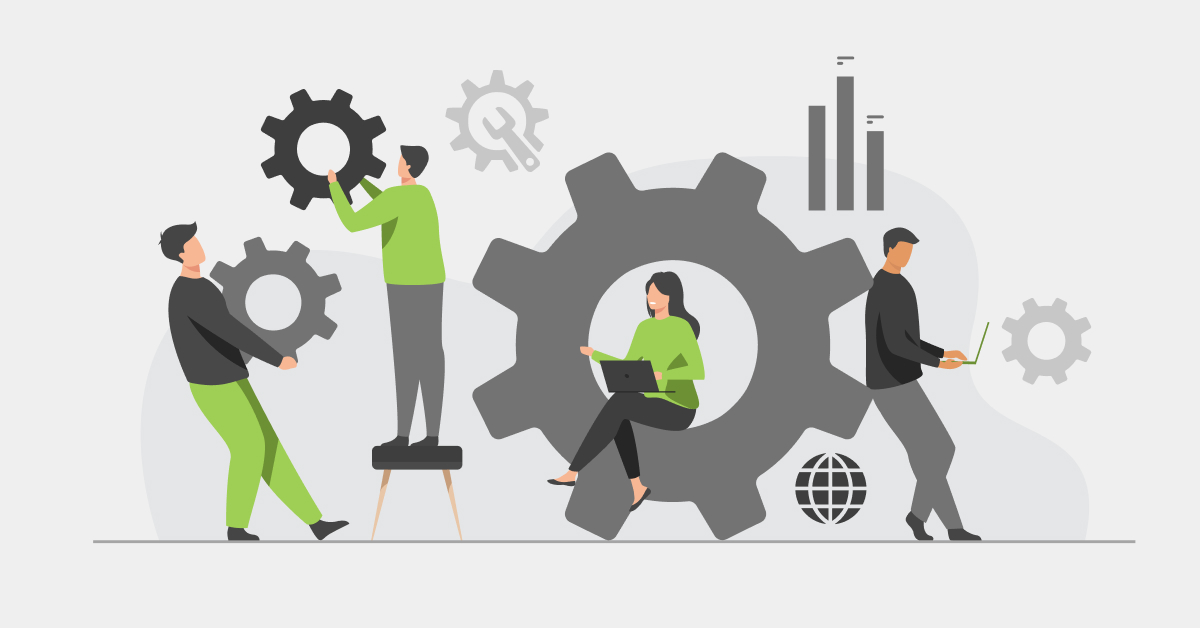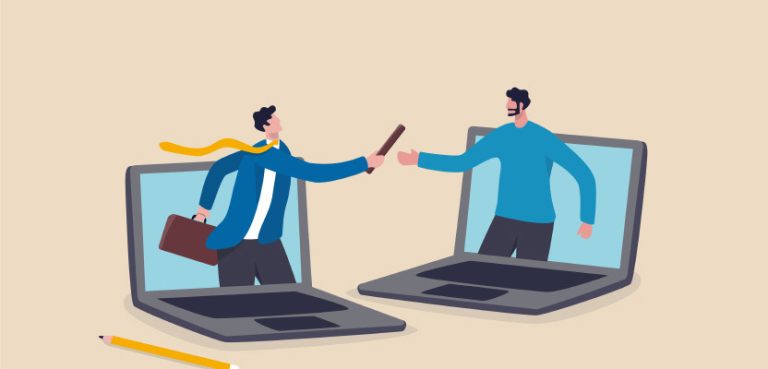
Running a successful power washing business isn’t just about having the right equipment — it’s about having the right people using it. Whether you’re expanding your crew or hiring your first employee, training is the foundation of quality, safety, and professionalism. 💪💧
Poorly trained workers can damage property, hurt themselves, or leave behind sloppy results that hurt your reputation. On the flip side, a well-trained team can deliver spotless service, earn rave reviews, and grow your business fast. 🚀
So how do you train your employees the right way? This guide covers the skills, systems, and safety practices every power washing pro should master. 🧽✅
🧠 Step 1: Teach the Basics of Power Washing
Start with the fundamentals. New hires need to understand how and why power washing works before they ever pull the trigger on a wand.
Key Concepts:
- Difference between pressure washing vs. power washing (hot vs. cold water)
- Understanding PSI (pounds per square inch) and GPM (gallons per minute)
- How nozzle sizes and spray angles affect cleaning
- Which surfaces can (and can’t) be washed with high pressure
💡 Use visual aids and hands-on demonstrations early on — most people learn better by doing.
🧽 Step 2: Equipment Familiarization
Don’t assume new hires have ever used a power washer. Even if they’ve done similar work, your equipment and setup may be different.
Teach them to:
- Set up and break down the system properly
- Connect hoses, tips, and tanks safely
- Recognize warning signs of pump or hose issues
- Maintain equipment (clean filters, change oil, etc.)
🛠️ Bonus tip: Have a training checklist and let employees shadow experienced workers for their first few jobs.
⚠️ Step 3: Emphasize Safety
Power washing can be dangerous if not done correctly. Safety training should never be skipped.
Must-know topics:
- Wearing PPE (gloves, goggles, boots, hearing protection)
- Safe spray distances and angles
- Avoiding electrical hazards (outlets, light fixtures)
- Ladder safety (or using extension wands instead)
- How to handle chemicals and detergents safely
- What to do in case of an accident or injury
💥 Water under pressure can slice skin — your employees need to understand this is serious work.
Browse Amazon Here For Power Washing Safety Gear
🌊 Step 4: Surface-Specific Training
Not all surfaces are created equal. Your employees should know the different approaches for different materials. For example:
| Surface | Training Focus |
|---|---|
| Vinyl siding | Use low pressure + detergent, rinse top-down |
| Concrete | Higher pressure, test for damage first |
| Wood decks | Gentle wash, with or across the grain |
| Roofs | Soft wash method only (low PSI + chemicals) |
| Painted surfaces | Test small area, avoid stripping paint |
🎯 Consider creating surface-specific training videos or laminated cards they can reference in the field.
🧴 Step 5: Teach the Chemistry of Cleaning
Knowing how to use detergents, degreasers, and mold removers safely and effectively is critical.
Train your team on:
- When to use hot vs. cold water
- Proper detergent mixing ratios
- How to apply and let dwell (not dry)
- Rinsing thoroughly to prevent streaks or damage
- Which cleaners are eco-friendly and HOA-approved 🌱
✅ A skilled tech should know how to adjust based on the job — not just spray everything the same way.
💼 Step 6: Train on Customer Service and Professionalism
Your employees represent your brand every time they step on a property. Customer service training is just as important as technical skill.
Cover:
- How to greet customers politely and confidently
- The importance of showing up on time and in uniform
- Communicating clearly about the work being done
- Handling questions or concerns with professionalism
- Asking for reviews or feedback (if that’s part of your system)
🎤 Role-play scenarios during training to help them feel more confident.
📱 Step 7: Integrate Technology and Systems
If you use digital tools like job scheduling apps, invoicing systems, or CRM platforms, employees need to know how to use them.
Train on:
- Checking schedules via app
- Uploading job photos
- Logging chemical usage (if required by law)
- Completing checklists or inspections
- Collecting digital signatures or payments
📲 Streamlining these systems ensures fewer mistakes and faster billing.
🧪 Step 8: Shadowing and Gradual Responsibility
Don’t throw new hires into the deep end. Let them shadow a senior tech for several jobs before leading a project themselves.
Progression might look like:
- Watching jobs
- Handling setup and teardown
- Spraying less risky surfaces (driveways, fences)
- Working under supervision
- Leading jobs independently
🪜 A clear training path helps employees feel more capable — and lowers your risk as an owner.
📝 Bonus: Create a Training Manual or SOPs
As your team grows, having standard operating procedures (SOPs) and training materials helps you scale faster.
Include:
- Equipment guides
- Safety protocols
- Surface cleaning techniques
- Chemical handling instructions
- Customer service scripts
- Quality control checklists
🗂️ These can be digital, printed, or even part of a training app.
🎯 Final Thoughts
Training your employees well isn’t just about avoiding mistakes — it’s about building a team you can trust to grow your power washing business the right way. 👥💧
When you invest in proper onboarding, skills development, and safety training, you’ll:
- Increase job quality
- Reduce callbacks and complaints
- Improve team confidence and morale
- Build a reputation for excellence
And that reputation? It’s the most powerful spray tip in your business. 💥
Browse Amazon Here For Popular Pressure Washers And Accessories






